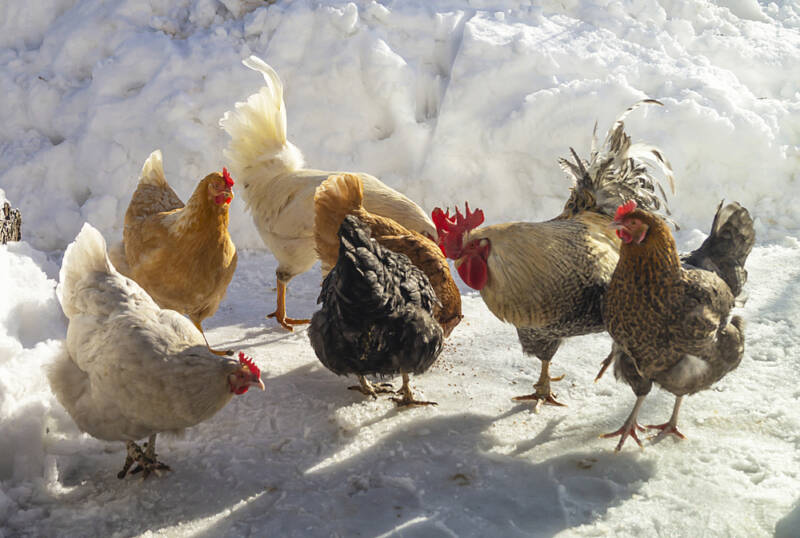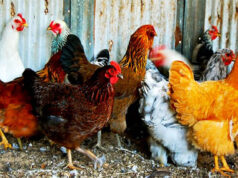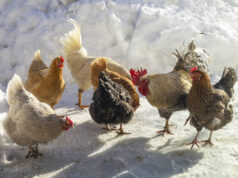Keeping chickens healthy and happy can be quite a journey. One of the most important aspects for any poultry enthusiast is protecting their flock from chicken respiratory disease. This is a common but serious concern that can affect the welfare of your birds and ultimately your farm’s productivity. This article will delve deep into the causes, symptoms, prevention, and treatment of this illness, providing you with a well-rounded understanding of how to tackle this problem.

What is Chicken Respiratory Disease?
Chicken respiratory disease is an umbrella term encompassing various conditions that affect a chicken’s respiratory system. These can range from bacterial and viral infections to environmental stresses like poor housing and inadequate ventilation. The impact can be tremendous, leading to severe health issues or even death if not properly managed.
Common Types of Respiratory Diseases in Chickens
- Infectious Bronchitis
- Avian Influenza
- Mycoplasma Gallisepticum
- Newcastle Disease
- Infectious Laryngotracheitis
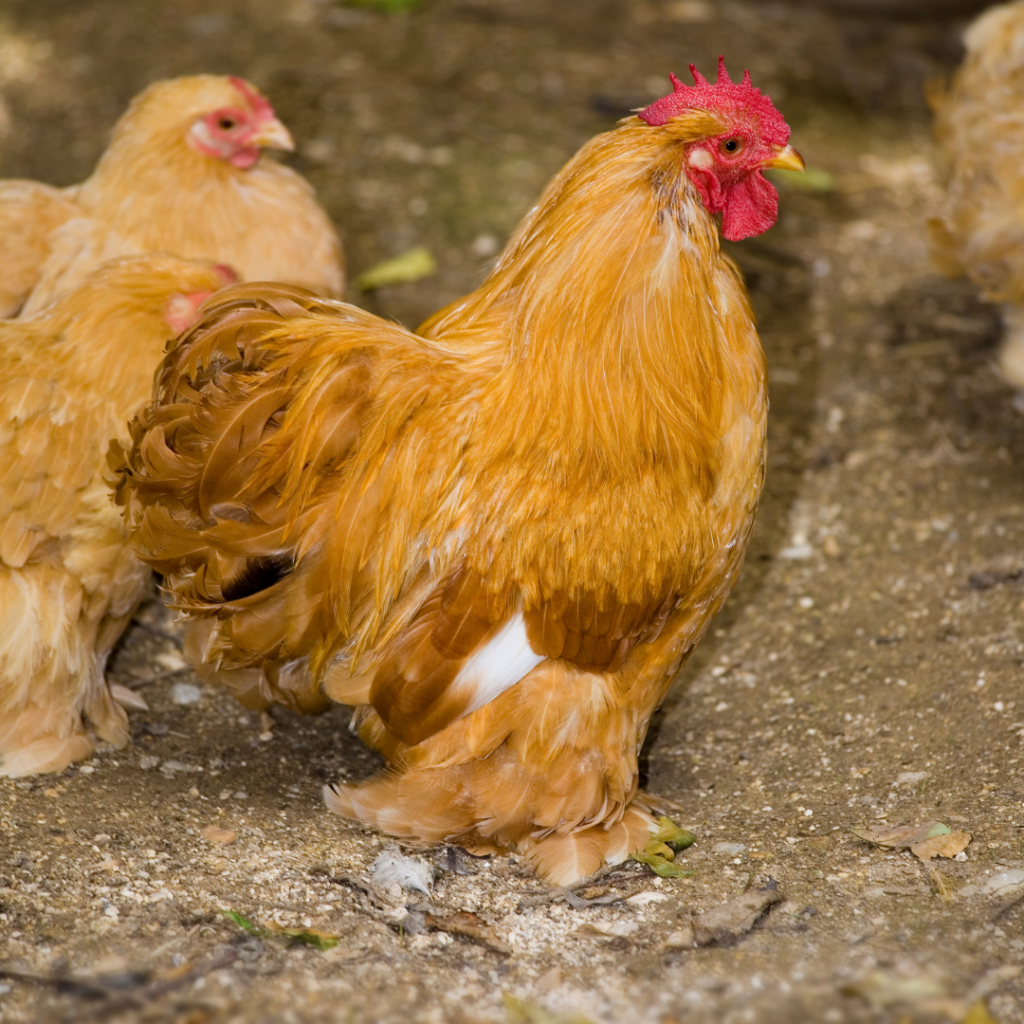
Causes of Chicken Respiratory Disease
The causes of respiratory diseases in chickens are varied. They can be bacterial, viral, or even fungal in nature. Infectious agents such as viruses and bacteria are often transmitted through direct contact or via the air, making it crucial to maintain good hygiene and ventilation in chicken coops.
Environmental Factors
Poor ventilation, dusty bedding, and high levels of ammonia in the coop are environmental factors that can exacerbate respiratory problems. Stress from overcrowding or poor feed quality can also weaken a chicken’s immune system, making them more susceptible to disease.
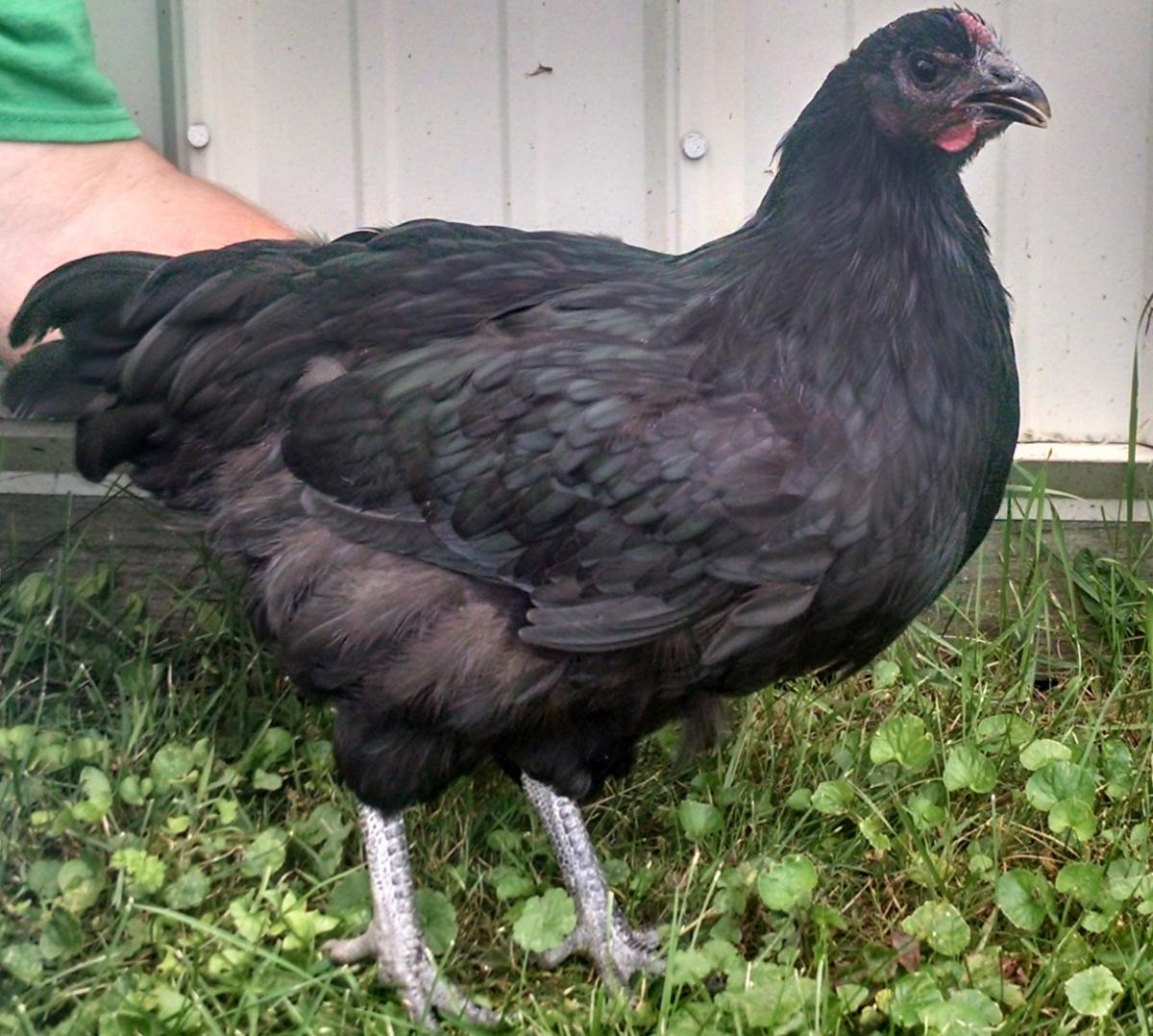
Symptoms to Watch Out For
Early detection of chicken respiratory disease is key to effective treatment. Symptoms can vary based on the specific disease but generally include:
- Coughing and sneezing
- Nasal discharge
- Swollen eyes and sinuses
- Labored breathing
- Decreased appetite
- Reduced egg production
Severe Symptoms
In more severe cases, you may notice symptoms such as open-mouth breathing and lethargy. Immediate intervention is crucial in such situations to prevent fatal outcomes.

Prevention Strategies
Prevention is undoubtedly better than cure. Implementing robust biosecurity measures can significantly reduce the risk of respiratory diseases in your flock.
Biosecurity Measures
- Quarantine new birds for at least 30 days
- Maintain clean and well-ventilated living conditions
- Provide balanced, high-quality feed
- Regularly disinfect equipment and housing
For more insights on maintaining healthy living conditions for your chickens, visit moldy chicken feed.
Vaccination
Vaccinating your birds can offer significant protection against many common respiratory pathogens. Consult your veterinarian to devise a vaccination program tailored to your flock’s specific needs.
Treatment Options
If prevention fails, knowing how to treat chicken respiratory disease becomes essential. The treatment depends on the specific disease and its severity. Often, antibiotics are required to tackle bacterial infections, while supportive care can help birds recover from viral illnesses.
Antibiotic Use
While antibiotics can be effective, it’s crucial to use them responsibly. Overuse can lead to antibiotic resistance, rendering treatments less effective over time. Always follow your veterinarian’s guidance on their use.
Supportive Care
Basic supportive care includes providing a warm, stress-free environment, ensuring that the chickens have access to clean water and nutritious feed. Electrolyte solutions and vitamin supplements can also aid recovery.
Case Studies
Understanding real-world scenarios can help you better manage your flock. Here are a couple of case studies that illustrate different approaches to dealing with chicken respiratory disease:
Case Study 1: Small Backyard Flock
A backyard poultry farmer noticed coughing and nasal discharge in a few of her chickens. Upon veterinary consultation, it was diagnosed as Mycoplasma Gallisepticum. Immediate isolation of the affected birds, along with antibiotic treatment and improved coop ventilation, led to full recovery of the flock.
Case Study 2: Large Commercial Farm
On a commercial poultry farm, an outbreak of Infectious Bronchitis disrupted operations. The farm’s biosecurity measures, including strict quarantine and vaccination protocols, helped contain the outbreak. Supportive care for affected birds minimized mortality, ensuring business continuity.
Emerging Technologies in Poultry Health
The world of poultry farming is witnessing tremendous advancements in technology, which can aid in the prevention and treatment of chicken respiratory disease.
Automated Health Monitoring Systems
Advanced sensors and artificial intelligence are now being used to monitor bird health in real-time, allowing for early detection and prompt intervention for respiratory illnesses.
Efficient Ventilation Systems
Modern ventilation systems can greatly reduce the risks associated with poor air quality in chicken coops. These systems help maintain optimal humidity and temperature levels, reducing the prevalence of respiratory issues.
Conclusion: Steps You Can Take Today
Tackling chicken respiratory disease requires a multifaceted approach involving prevention, early detection, and effective treatment. By investing in good biosecurity measures, maintaining clean and well-ventilated housing, and staying updated on the latest in poultry health technology, you can significantly reduce the risks to your flock.
For more detailed information on poultry health and other related topics, visit chicken breeds.
Additionally, understanding the cost implications and best practices for feeding can further ensure the well-being of your chickens. Learn more about it at chicken feed cost.
Frequently Asked Questions (FAQs)
What are the signs of chicken respiratory disease?
Common signs include coughing, sneezing, nasal discharge, swollen eyes, and labored breathing. Early detection is key for effective treatment.
How can I prevent chicken respiratory disease?
Implementing strict biosecurity measures, maintaining clean and well-ventilated living conditions, and vaccinating your birds can significantly reduce the risk.
Is it safe to use antibiotics for treating respiratory disease?
Antibiotics can be effective but should be used responsibly to prevent antibiotic resistance. Always consult your veterinarian for proper guidance.
To further educate yourself on effective poultry management, check out best feeding practices.
As an Amazon Associate, I earn from qualifying purchases.
